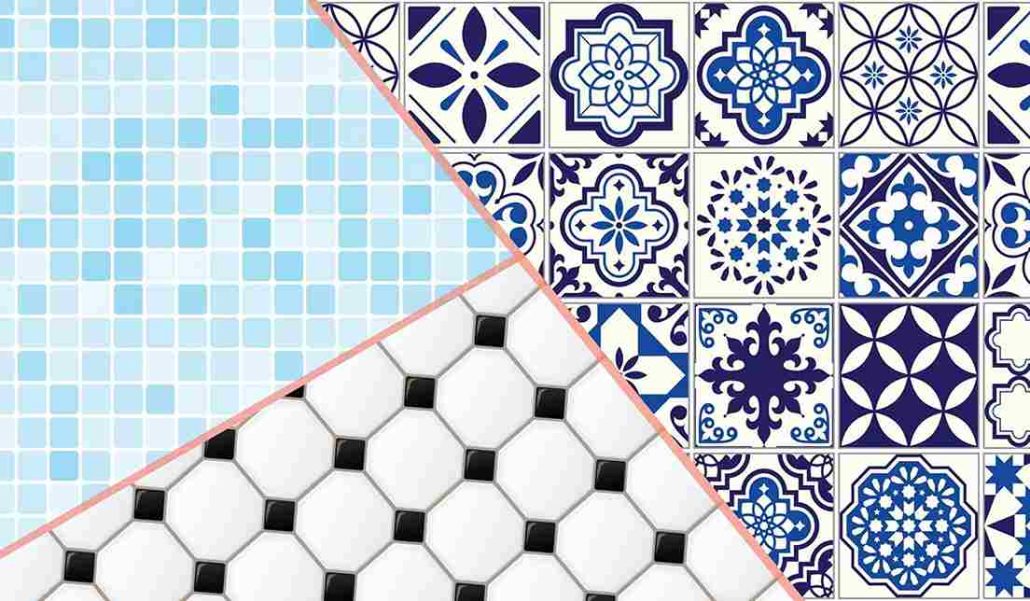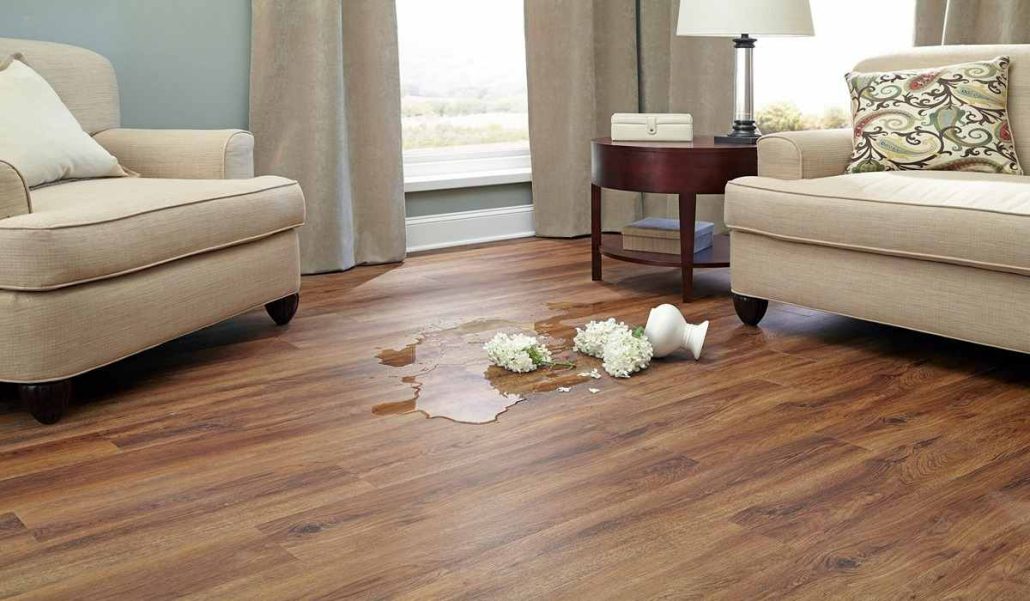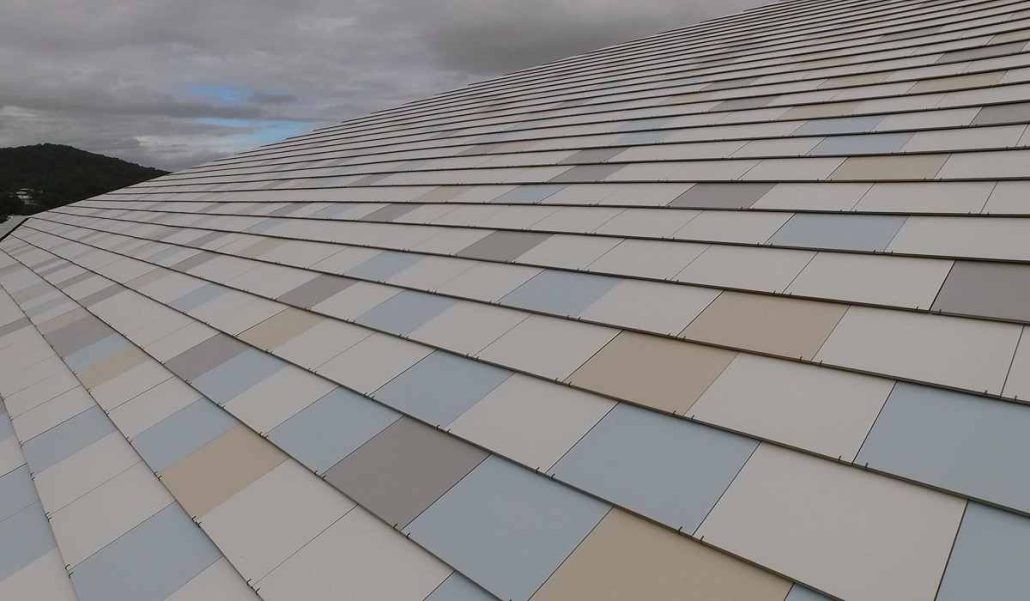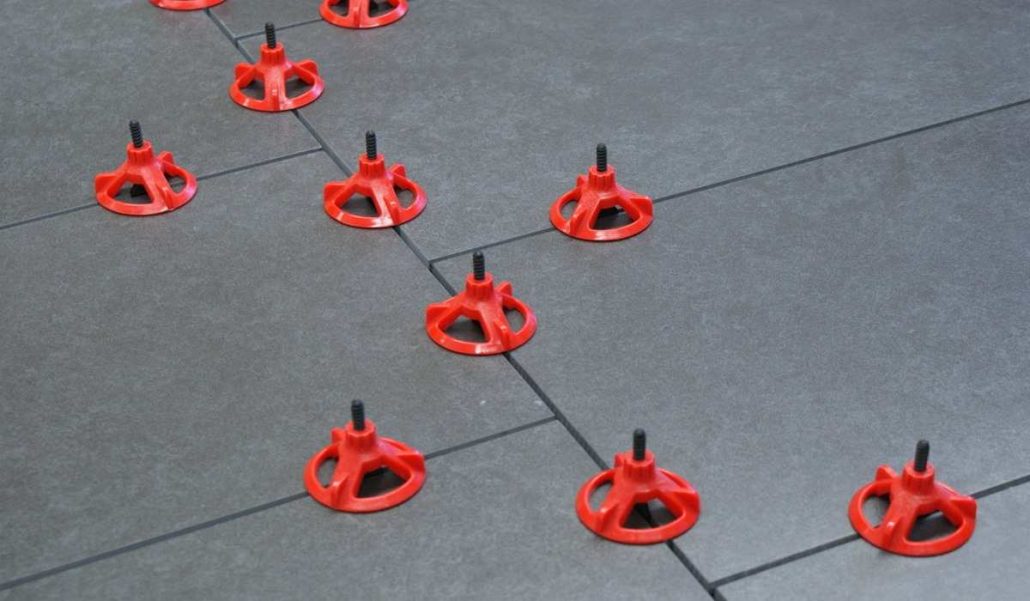Introduction of Vinyl Floor Tiles + Best buy price
A big question for the customers of constructions stuff is choosing vinyl tile vs
ceramic tile
The cost, like some other features such as appearance, resistance, and installation matter to the users
The appropriate type of floor is required for settings where the flooring is likely to be exposed to moisture or staining agents
In many cases, solid wood, carpets, and even laminate are inappropriate for certain areas
Vinyl tile and ceramic tile are the two outstanding options available to homeowners
Both types of flooring are effective at wicking away moisture and withstanding stains
Kitchens and full baths are examples of high-traffic, extremely wet rooms where this option is frequently used
Vinyl tile frequently mimics the appearance of wood, stone, or even ceramic tile
Because vinyl and ceramic tile are made of wholly different materials, they have differing installation, upkeep, and resale value features

You may choose wisely if you are aware of the variations between vinyl flooring and ceramic tiles
A very thin, man-made product produced from PVC plastic with a felt or fiberglass backing layer and topped with a printed design layer and transparent wear layer, vinyl tile is essentially the same material as that used for sheet vinyl flooring
Vinyl is simply cut into squares ranging in size from 9 to 18 inches for use as tile flooring
Pulverized stone dust is used in some types of vinyl tile, referred to as composite tiles, during the manufacturing process
This gives them a little more realism than vinyl tiles made exclusively of plastic
Luxury vinyl is yet another type of vinyl tile; it is a considerably thicker variety of vinyl flooring that adheres with click-lock edges rather than mastic that is troweled on
Both planks and tiles made of luxury vinyl are available; the latter is more commonly referred to as LVT, or luxury vinyl tiles
These are more pricey and also more prestigious than regular vinyl tiles
Natural earth clays are combined with other materials to create ceramic tile, which is then baked in an oven to harden the surface glaze
A specific type of ceramic tile is known as porcelain; porcelain tiles are formed of finer clay and are fired at higher temperatures to give them a harder, more durable surface
Vinyl tiles are exclusively used as flooring, whereas ceramic tile can also be utilized as countertops, walls, or shower stalls
Although ceramic tile has more alternatives, both vinyl and ceramic tile are available in a wide range of sizes and shapes
Vinyl tiles typically measure 9 to 18 inches across and are square in shape
However, they also come in sheets of tiny mosaic tiles linked to mesh backing, in geometric patterns, and in rectangular designs
Square ceramic tiles typically start at around 3 inches across and range up to 18 inches
Vinyl tile is less flexible in terms of shape and size than ceramic tile

Vinyl Tile vs
Ceramic Tile Appearance
Even while vinyl flooring is frequently made to resemble ceramic tile, the appearance is rarely very convincing; practically everyone can tell the difference between a vinyl floor vs
one made of ceramic or stone tile
However, there is a wide variety of colors and designs available for vinyl floor tile
You will have all the options you could possible desire from a purely design standpoint
Ceramic tile is also offered in a huge selection of hues and designs, however the most upscale varieties come at a hefty price
As a flooring material, ceramic tile has a lot of prestige
Particularly as a designer flooring material, porcelain tiles offer a wide variety of really beautiful options
Few would contest the fact that ceramic tile looks better than other types of flooring
After all, vinyl tile often strives to mimic ceramic tile
Unlike wood, stone, or ceramic, vinyl is typically simple to distinguish as vinyl tile
Under typical use, vinyl tile should last for roughly 10 years
Vinyl is a tough, slightly soft material that is prone to dents and scratches, but replacing a broken tile is not difficult
Heating the tile to loosen the adhesive, removing it, cleaning the floor with a scraper, and gluing down fresh tile is a rather simple procedure
Ceramic tile has a substantially longer lifespan—often 40 years or more—than other types of tile
It is possible to remove and replace damaged tiles
Ceramic tile grout lines need to be cleaned if they get dirty or mildew-stained, and they need to be resealed every few years

Both ceramic and vinyl tiles are fairly simple to maintain
Both flooring materials only require routine sweeping and occasional damp cleaning with a light soap solution
One of the simplest flooring choices to maintain is vinyl tile
Vinyl tile typically has very little embossing (texture), and there are very few, if any, seams between the tiles to collect dirt
Additionally, vinyl tiles are smooth, which makes it simpler to sweep up trash
If necessary, vinyl tile is amenable to wet mopping
But often, a damp or dry mop can be used to clean it
If the seal coat is allowed to deteriorate, grout lines in ceramic tile can become discolored
This calls for a thorough scrub with a grout cleaner that contains bleach
Vinyl tile is a simpler flooring material to maintain since it lacks grout lines or embossing that could gather dirt, stains, or mildew
Vinyl tile flooring are a little softer and quieter underfoot than ceramic tile because of the durable nature of the material
A porcelain dish dropped in a kitchen may survive if it hits vinyl, but it will definitely break if it hits ceramic tile
However, vinyl flooring is still a rather tough flooring option, particularly when put over a concrete bottom
Ceramic tile is known for being quite hard and cold, until it is put down over a radiant floor heating system, in which case it becomes a deliciously cozy surface
Although both types of flooring are somewhat harsh underfoot, vinyl tile edges out ceramic tile since it is a little softer

Vinyl Tile vs
Ceramic Tile Resistance
Since both vinyl and ceramic tile are made of completely waterproof materials, their water resistance is comparable
Both, however, have gaps in vs
the tiles that could allow moisture to leak down to the underlayment and subfloor
Vinyl tile is completely impervious to water damage because it is fully synthetic and man-made, but the numerous seams between tiles can cause water to seep down between them
Vinyl tile is therefore not quite as resistant to moisture as sheet vinyl
Extreme heat can melt and scorch vinyl, which will cause damage
Additionally, if vinyl ignites in a house fire, hazardous gases may be released
1 Since the joints may not fit as tightly as they do with normal vinyl tiles, luxury vinyl planks or tiles may provide a little more of a moisture infiltration concern
However, because vinyl is completely waterproof, issues are unlikely as long as spills and puddles are cleaned up
Additionally resistant to water damage is ceramic tile
If the grout gaps are kept in good condition and kept sealed, the flooring surface has a good resistance to water penetration
Additionally fully resistant to heat damage is ceramic tile

Although both materials are naturally resistant to water damage, there are seams that could allow moisture to penetrate all the way to the subfloor
However, vinyl tile is quickly harmed by heat, whereas ceramic tile is essentially heat insensitive
Vinyl floor tiles typically need to be replaced after 10 years, while lighter use may extend their useful lives
Ceramic tile has a long lifespan, typically lasting 40 years or more
There’s no doubt about it: Vinyl tile is not as long-lasting or as durable as ceramic tile
Numerous hazardous substances are present in vinyl flooring
While stable in the produced form of vinyl, these compounds do not properly decompose in landfills, and burning the materials could result in the release of harmful gases
1 Homeowners who care about the environment are understandably concerned about the use of vinyl flooring
Ceramic tile is a completely natural product with no hazardous elements
When used ceramic tile ends up in landfills, it doesn’t cause any pollution
Recycling ceramic tile, however, can be challenging
For quartz countertops, ceramic tile may occasionally be crushed up
Ceramic tile is a better material in terms of environmental issues because it has no chemical components

Vinyl Tile vs
Ceramic Tile Installation
The installation of vinyl tile is often used by a glue-down bond, which involves troweling flooring mastic onto the floor before placing each tile one at a time
However, self-adhesive tiles have vs
the others taken over the industry
With these, the glue is pre-applied and coated with a barrier that must be removed in order to install the tiles
Due to its simplicity of installation, vinyl tile is one of the most popular flooring materials among do-it-yourselfers
A snap-lock method that secures the planks or tiles together along the edges is used to attach several types of luxury vinyl planks and tiles together to make floating floors
The process of installation is quite simple for do-it-yourselfers and is similar to that used for laminate flooring
(A floor that is not anchored to the subfloor is called a floating floor
The constituent components (tiles or planks) of a floating floor are attached side by side
Floors are held in place by friction and their own weight
) A thin-set adhesive is always used to glue down ceramic or porcelain tile over a cement board subfloor during installation
A power wet saw or a manual tool that scores and snaps the tiles can be used to cut partial tiles
A mortar-based grout is used to fill the spaces between tiles once the adhesive has dried, and it is then sealed
Even though installing ceramic tile requires a lot of labor, many do-it-yourselfers are successful in doing so
However, having professionals install ceramic tile is more typical
Since vinyl tile is simple to cut and does not require thinset mortar, it is a relatively simple flooring material for do-it-yourselfers to install
By contrast, installing ceramic tile is a skill that must be acquired through time
Although placing ceramic tile requires a good amount of labor, DIYers can easily do so on a small scale

Vinyl Tile vs
Ceramic Tile Cost
Vinyl tile is typically a considerably more affordable type of flooring
Self-adhesive vinyl tiles cost $1
50 to $3 per square foot on average at big-box home improvement stores, and professional installation often adds another $3 per square foot
However, it’s really simple to install vinyl vs
ceramic tile oneself
For the materials alone, ceramic tile costs, on average, $5 per square foot, ranging from $1 for plain white tiles to more than $20 for designer porcelain tiles
Depending on local labor costs and the complexity of the work needed, professional installation can cost an additional $4 to $14 per square foot
When comparing costs, vinyl tile is more advantageous than ceramic because it needs fewer, if any, specialized tools and less extra supplies

Though this is less true with contemporary luxury vinyl tiles or planks, vinyl flooring is typically thought of as a cheap flooring option
Real estate agents and potential homebuyers always see ceramic or porcelain floor tiles as premium flooring materials, especially when the floor is covered in designer porcelain tiles
Vinyl tile flooring never compares to a well-maintained ceramic tile floor in terms of prestige or real estate value
Vinyl tile’s inexpensive cost and simple DIY installation are its key benefits
Ceramic tile is a superior flooring surface when compared to the majority of other comparisons, boasting a better aesthetic, longer durability, and higher resale value
The leading exporting team of our company would feel great to represent the high-end ceramic tiles o the customers and cooperate with professional traders around the world









